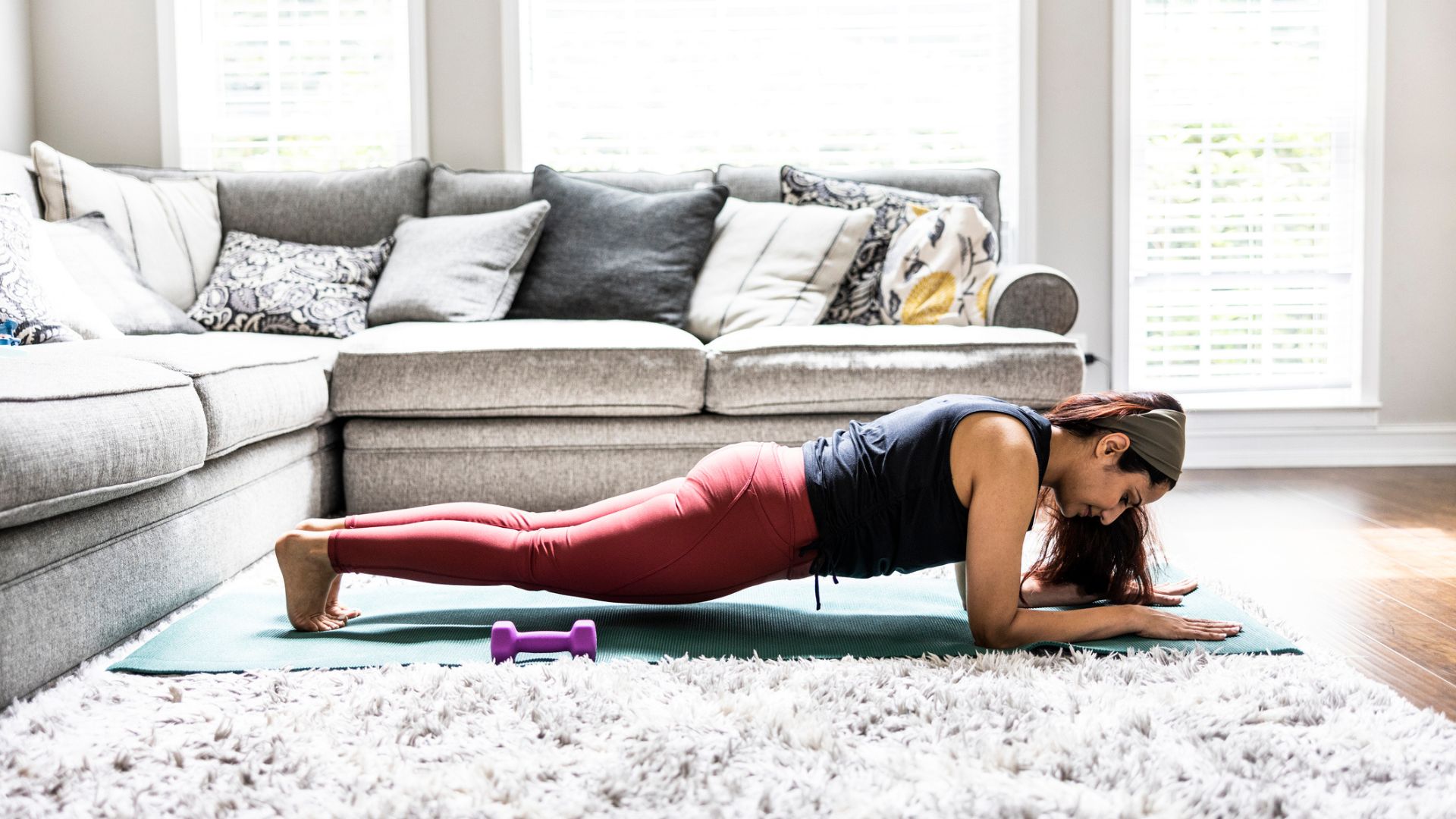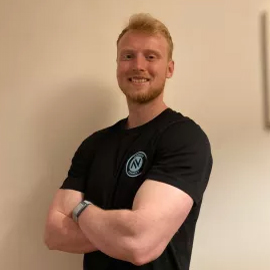You don’t need crunches to strengthen your core — try these six moves instead
Develop your abs, improve core stability, and enhance your posture with these six exercise swaps


If crunches leave your spine sore and your mind bored, you're in luck; there are plenty of other ways to strengthen your midsection muscles and this workout showcases some of the best.
So grab a resistance band, a dumbbell, and a kettlebell, then settle in for a refreshingly crunch-free session from fitness coach Alexandra Redmond. There are six moves that work your entire core — not just the six-pack abs muscles.
To help you nail your form, watch Redmond's video below for a demonstration of each exercise. Then, when you're ready, perform each move for three sets of 10 repetitions, resting for 30-60 seconds between sets.
Two of the exercises — the rope crunch and kneeling Pallof press — are demonstrated on a gym cable machine. But, if you're doing the workout at home, you can swap this for a resistance band attached to a secure anchor point.
Watch Alexandra Redmond's six-move abs workout
A post shared by Alex Redmond (@alexandra_redmond)
A photo posted by on
The terms abs and core are often used interchangeably, but there are some significant differences between abs and core training.
People tend to use abs to refer to the rectus abdominis, the muscle responsible for the sought-after six-pack shape. However, the core consists of a wide variety of muscles responsible for moving (and resisting movement) at the spine.
So, if you want to reach down and pick something off the floor, your core muscles allow you to bend over and grab it. They also keep your spine straight and maintain your posture while holding a heavy item item, so you don't collapse under the added weight.
Start your week with achievable workout ideas, health tips and wellbeing advice in your inbox.
This can be seen in action during Redmond's workout. When you're performing rope crunches, your rectus abdominis activates to flex your spine. However, during exercises like the kneeling Pallof press and kettlebell around the worlds, your core is working to keep you upright, despite a weight pulling you in another direction.
Redmond's workout also introduces some core strengthening exercises that use weights to challenge your muscles. Adding weights to your at-home fitness routine is a great way to progress your training and step up the difficulty.
If you need some handy tips on which ones to buy, check out our roundups of the best adjustable dumbbells and the best kettlebells to find out about our top picks.

Harry Bullmore is a Fitness Writer for Fit&Well and its sister site Coach, covering accessible home workouts, strength training session, and yoga routines. He joined the team from Hearst, where he reviewed products for Men's Health, Women's Health, and Runner's World. He is passionate about the physical and mental benefits of exercise, and splits his time between weightlifting, CrossFit, and gymnastics, which he does to build strength, boost his wellbeing, and have fun.
Harry is a NCTJ-qualified journalist, and has written for Vice, Learning Disability Today, and The Argus, where he was a crime, politics, and sports reporter for several UK regional and national newspapers.